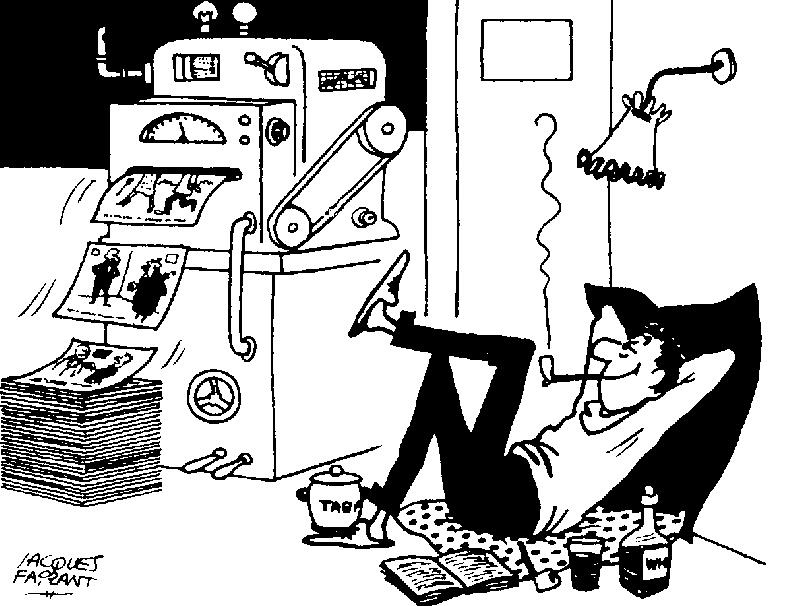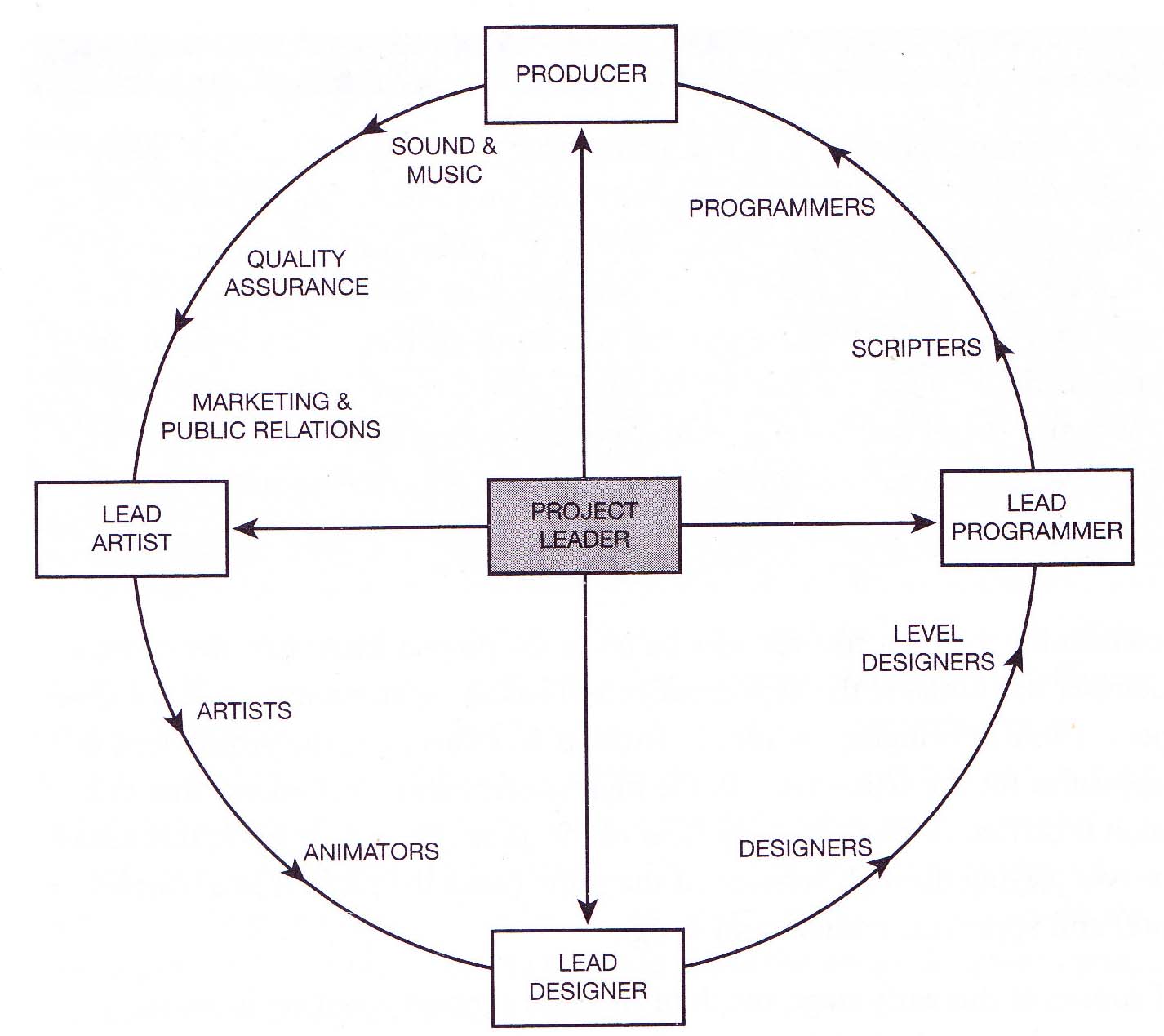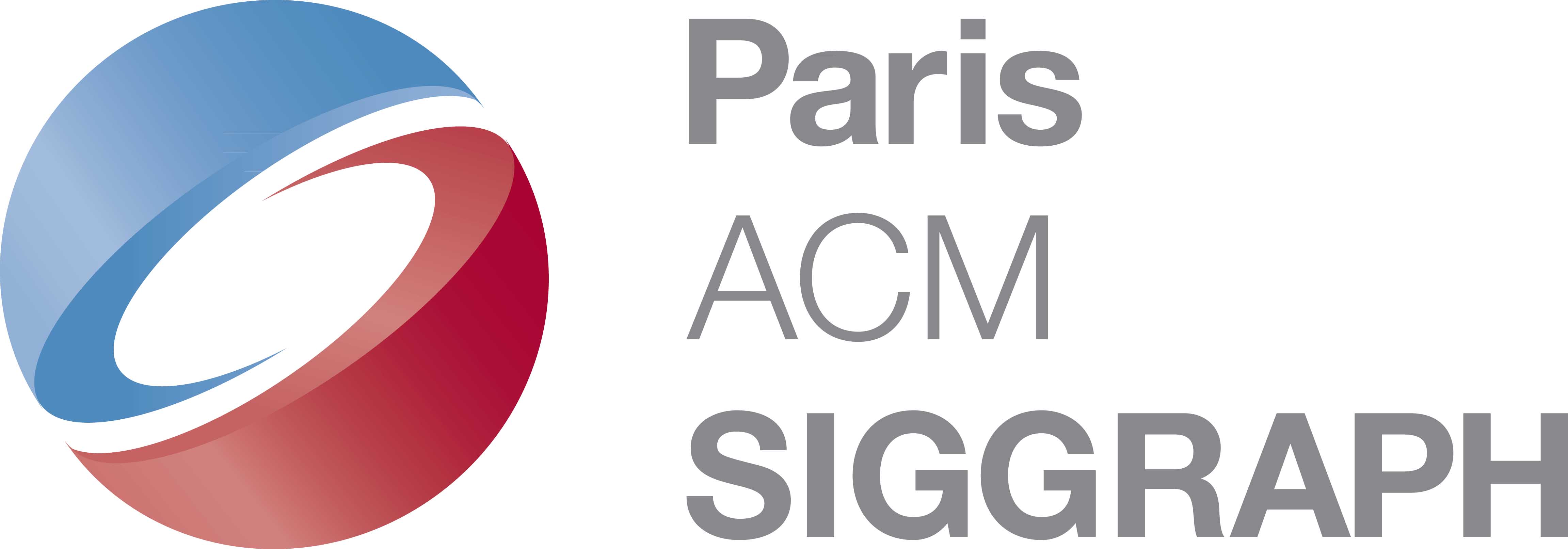Artist
Last revised 8/29/2014. Return to Major concepts. See art.

Artists, at last freed by the computer? A comic drawing by Faizant, published in 0.1. Informatique in 1966.
1. The human being as an artist
See our indexes of the artists quoted in diccan (some 2050 by mid 2014) and market.
- What is an artist? A broad issue. Read mainly [Menger] about France mainly, but also [Robertson], on the world art market. About the specific and biased operations on the art market, read the books of [Forest] or even Bilan provisoire, by Cyrille Putman (Calmann-Lévy, Paris,
2007), even if the latter tells he story of a photographer still "chemical". An older reference. Among older references, La vie d'artiste. by Maurice Rheims. Grasset 1970.
- Does the rise of digital era and new media changes the role of the professional artist, or even will make it disappear? Perhaps!
. Reasons for it: the lower price of hardware and software, as well as the easier distribution through the net, let the artist make himself present as such with comparatively low costs, if not zero budget if we think that the basic tools (computer and telephone) are necessary in any case. Moreover, the basic tools are more and more easy to be used without special training.
- Reasons against it: creativity (talent, motivation to create and to present) is very unequally distributed. Moreover, some forms of art (for example the
high level forms of music or dance) demand an education of mind and body beginning very early in life, and then kept on full time. As for the advance tools (for instance in 3D creation), they remain too difficult and to costly for amateurs. And, finally, to find an audience or a market demand specific talent (communication, sales) as well as investments and "networking" which are not accessible to everybody.
. The situation has always been rather different according to the classical art genres: you can become a painter quite late (say after 35). Not a cell professional player.
- The life of a digital artist (in the 2010's) may belong to one of two types.

In the large industrial production structures of cinema or games, an arist in integrated to large and structured teams (A schema from Phil Co).
. the salaried staff or large film and games production; about their work conditions, little has been written, but it can be considered quite hard; in Europe and specially in France, conditons are comparatively comfortable by comparison with the Japanese firms. As for US, you can read the novel of [Powers], which dates back to the early 21th century. About organisation in games industry, see [Co],
- the fans of creation who have time and money enough from other sources and do art during their leisure time (retired, or salaried, frequently by art schools, see [Menger], but digital artists are sometimes, at start, computer developers doing art pat-time. The VJ-poet [Mark Amerika] says neatly : the aim of a digital artist is to get enough dollars from his artistic activity to let think that he is really a pro?
A philosophical note: "être artiste, à ses yeux, c'était avant tout être quelqu'un de soumis. Soumis à des messages mystérieux, imprévisibles, qu'on devait donc, faute de mieux et en l'absence de toute croyance religieuse, qualifier d'intuitions". Michel Houellebecq, in La carte et le territoire. (Flammarion 2010)
2. The machine (or the work ) as a artist
- See autonomy, robot, generative, history.
A new perspective opened progressively in the 19th century: to find novelty no longer in the spectacle of the world or in the exploration of unconscious, but to transfer the creative power itself to various kinds of machines.
The idea found its way first in music, of which the digital nature gave easier opportunities. The basic idea is that of automatic composition, with use of random draws, has found expressions since... The idea is present, for instance in Jules Verne's novel The Day of an American Journalist in 2889 (French version online) "...what a charm he found in the works of our greatest masters, based, as everybody knows, on a series of delicious harmonico-algebraic formulae! ". It progressed then up to the serial music.
In painting, the idea was formulated in the 1930's by Schillinger, with his project of a "graphomaton". Tinguely built some painting machines at the end of the 1950's, but in his derisive way. Then computers brought the practical way of transforming algorithms into pictures, and a lot have been done, first nearly as a side product of scientific computing (simulation fluid images, for instance), then in a explicitly artistic dynamics. Names as Charles Csuri and Harold Cohen stay as landmarks in the road. In ... Hébert wrought the "algorist" word, and the move is still active, wih the creation of the association Les Algoristes in France, by the end of 2006.
That sets out a lot of artistic and philosophical problems. And one specially: it tends to focus the interest of art creativity in the machine creating process more than on the works by themselves.
As long as art produces
work for humans, artistic machines will have to work within the limits of their
appreciative capabilities. Then, the real progress will come when superior
machine artists will work for superior machine seers, able to resonate fully
with their innovations.
DICCAN'S PARTNERS:

Paris ACM Siggraph, the French chapter of ACM Siggraph, worldwide non-profit organization of computer graphics.
